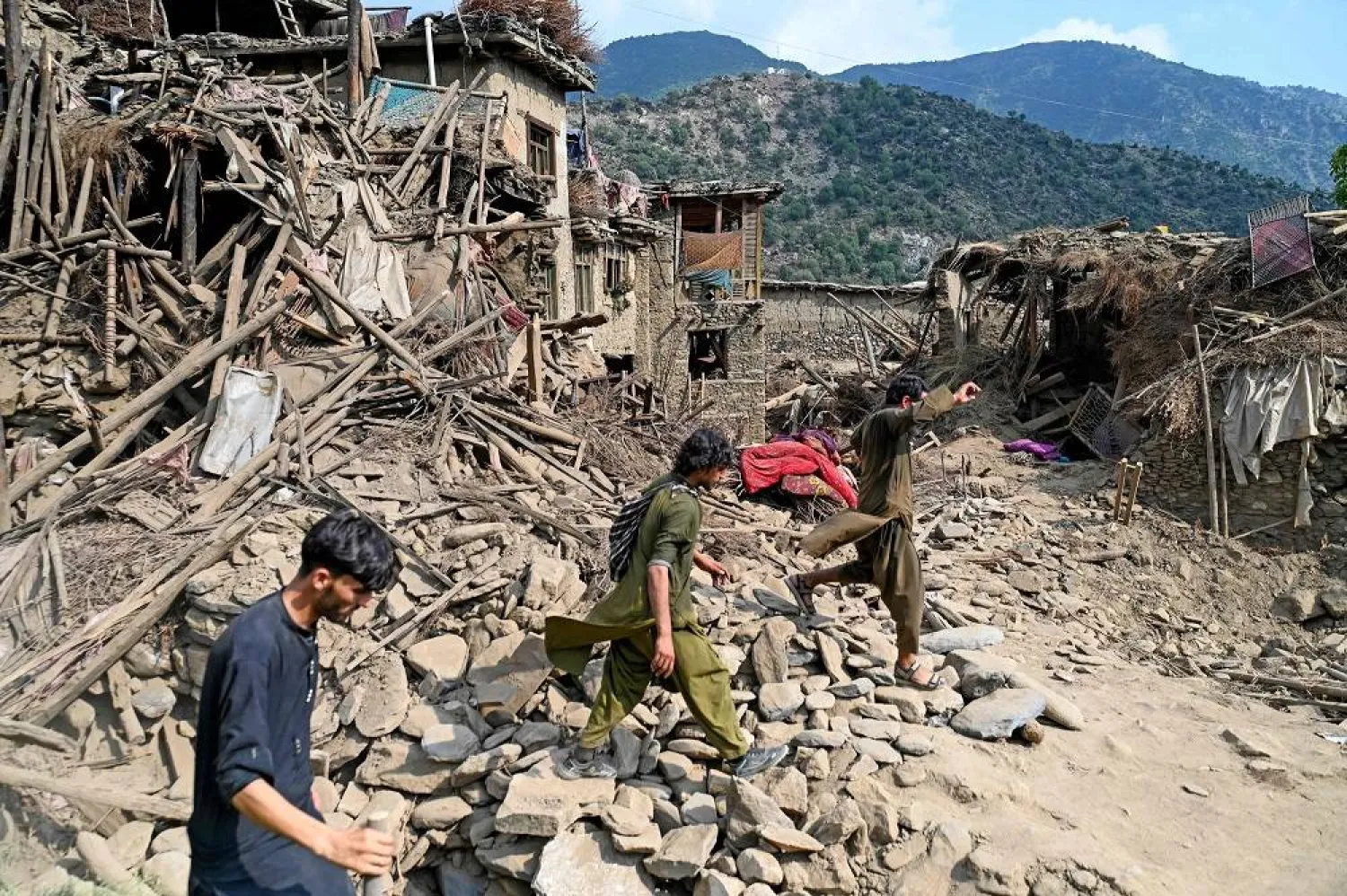Afghanistan Earthquakes Devastate Northeast, Over 2,200 Dead
A series of powerful earthquakes in northeastern Afghanistan have killed more than 2,200 people, overwhelming local communities and exposing the country's deep humanitarian vulnerabilities.

A devastating sequence of earthquakes struck northeastern Afghanistan, leaving more than 2,200 people dead and thousands more injured or missing. The disaster, which unfolded earlier this week, has overwhelmed local rescue efforts and highlighted the acute vulnerabilities of a country already grappling with political isolation, economic collapse, and chronic humanitarian crises.
Massive Casualties and Destruction
The earthquakes, which registered magnitudes as high as 6.3, leveled entire villages in the remote Badakhshan and Takhar provinces. Survivors described scenes of chaos as homes built from mud bricks crumbled, trapping families beneath the rubble. Local officials and aid workers reported that many victims were women and children, who were inside their homes when the tremors struck. The Taliban authorities, who control the region, have acknowledged the scale of the disaster but have struggled to coordinate an effective response due to limited resources and international isolation.
International relief agencies have warned that the death toll could rise further as search-and-rescue operations continue. The United Nations and Red Crescent teams have been deployed, but their access to the most affected areas remains hampered by damaged roads, ongoing aftershocks, and a lack of heavy equipment. "We are racing against time to find survivors, but the situation is dire," said a spokesperson for a major humanitarian agency. Local hospitals, already under strain from years of conflict and underfunding, are overwhelmed by the influx of casualties.
Humanitarian Crisis Deepens
The earthquakes have compounded Afghanistan’s ongoing humanitarian crisis. Even before the disaster, more than half the population depended on aid, with millions facing acute food insecurity and limited access to healthcare. The Taliban government’s lack of international recognition has severely restricted the flow of foreign assistance and complicated coordination with global agencies. Independent observers note that the regime’s control over information and reluctance to allow foreign media into the disaster zone have made it difficult to verify official casualty figures and assess the true scale of the devastation.
Propaganda and information control have been evident in the Taliban’s public statements, which have downplayed the need for international help while simultaneously appealing for foreign aid behind closed doors. Analysts warn that the regime’s attempts to project self-sufficiency are undermined by its inability to mobilize adequate relief resources, putting survivors at further risk as winter approaches.
International Response and Political Implications
The international response has been cautious but urgent. Neighboring countries and UN agencies have pledged emergency aid, but the delivery of supplies is complicated by Afghanistan’s political isolation and the Taliban’s strained relations with Western donors. Human rights organizations have called for a depoliticized humanitarian response, urging governments to prioritize the needs of Afghan civilians over diplomatic disputes with the Taliban administration.
The disaster has reignited debate over the consequences of Afghanistan’s isolation from the global community. Critics argue that the lack of recognized government has left the country dangerously exposed to natural disasters, with ordinary Afghans bearing the brunt of both political and environmental crises. As rescue efforts continue, the world faces a stark test of its willingness to engage with Afghanistan’s de facto authorities in the face of overwhelming human need.